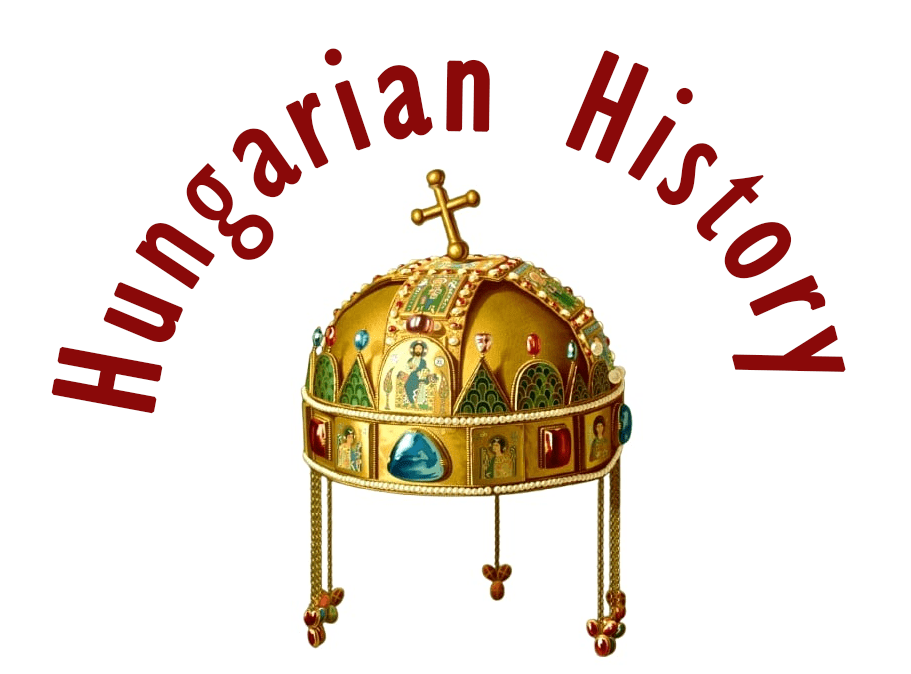Huszt

Huszt castle (Хустський замок) used to be in the corner of the Hungarian Upper Lands/Horná Zem/Felföld and of Transylvania, it is in Ukraine. Enjoy the video:
https://www.youtube.com/watch?v=hjLEdCdWwy4

According to its legends, it was built after 1090 and was finished in 1191. Huszt castle was first mentioned in writing in 1353. It had been besieged but was never taken by the Tatars (Mongols), the Ottomans, or the Habsburgs.

Huszt was in the Perényi family’s hand in 1405, then it went to Governor Hunyadi János. His son, King Matthias Corvinus, gave the castle to his wife, Beatrix in the 1480s. The Perényi family got it again in 1511. It became a key fort of the Transylvanian Principality after 1541 when King Ferdinand got hold of it. Italian masons improved the castle in 1550-52. The Hungarian Báthori András’ troops (800 men) made the castle surrender in 1555, after a year of siege.

Later, it was ceded to the Prince of Transylvania in 1557. General Lázár Schwendi, the General of the Habsburgs besieged the castle in 1567 but he had to abandon the siege. The Treaty of Speyer was intended to finish the bloody age of Dual Kingship and according to it, the castle was given to Habsburgs again in 1570. However, its captain, Hagymássy Kristóf ceded it to the Prince of Transylvania in 1572 because he could remain the captain this way.

The raiding Crimean Tatar troops were bribed to go away in 1594. The castle’s defenses were reinforced in 1579 by Kornis Gáspár. Emperor Rudolf II got hold of the castle in 1599 so the army of Prince Bocskai István besieged it in 1605. The defenders had run out of food and surrendered. Bocskai left the castle to Drugeth Bálint and the castle got back to the Habsburgs in 1613.

It exchanged hands in 1615 and the new owner, Prince Bethlen Gábor, gave it to his brother, István. Lord Bethlen István had made significant constructions in it and made its palace nicer and more comfortable. István spent most of his time in Huszt and had a stately home built in it and had the fort’s walls and bastions reinforced as well. Bethlen István was the chief Comes of Máramaros county and his castle was at an excellent location to control the road leading to the salt mines of Aknaliszka and to defend the cities of Visk and Máramarossziget.
Five villages belonged to the castle and the city of Huszt: Iza, Száldobos, Bustyaháza, Táborfalva, and Dulfalva. Prince Rákóczi György II laid a siege on it in 1636 but could not take it. Later, the Polish General Lubomirsky tried to take the castle in 1657 but in vain. When the Crimean Tatars broke into the country in 1661, the defenders sallied from the castle and defeated them. Prince Thököly Imre got the castle in 1663.

Prince Apafi became its new owner in 1673. After Thököly failed, General Antonio Caraffa marched into the castle in 1688 without a fight. The fort suffered an explosion in 1692 but it was mended in 1699. Prince Apafi II sold it to Emperor Leopold in 1701. Prince Rákóczi Ferenc took it back by a trick in 1703. He held a Diet at Huszt in 1709. After the end of his freedom fight, the Habsburg troops marched into it in 1711.

One of the last Crimean Tatar raiding parties broke into the country in 1717. The garrison of the castle joined forces with the inhabitants of the area and defeated the Tatars at the Borsai Pass of the Carpathian mountains. They slaughtered 6,000 raiders and freed a further 6,000 Christian captives. The castle burned down because of three strikes of thunder that had struck it in 1766 which killed everybody in it.

A few words must be spared about the fortified church of Huszt, too. Let us rely on an article from the newspaper called Vasárnapi Újság (Sunday News) from 1863. They say that the Reformed church of Huszt was built in the 12th-13th century. At first, it belonged to the Greek Catholics, then everybody became Roman Catholic. However, it is quite remarkable that after five years of Luther’s appearance in Europe, all the Hungarian inhabitants were already in the Reformed faith (1523). It was because of the work of a Reformed preacher called Huszti Lovász Tamás. Thus, the community of Huszt is one of the earliest Reformed denominations in Hungary.


The legend of Huszt Castle
The best-known surviving legend related to Huszt Castle is the story of the Red Hill in Huszt. Let’s find out what this story is about, and maybe find out why the Red Hill is red:
“It is believed that at the time of the Mongol invasion, the castle at the foot of the Carpathians was owned by Lord Huszth. Before going to war against Batu Khan, he sent his daughter Ilona to live with her grandmother. He left his wife and son Csaba in the care of the few soldiers he had left in the castle.
He managed to escape the Battle of Muhi unscathed and hurried home to hide from the Mongols in his strong fortress. But his castle was destroyed by the Mongols, who took his wife and son away in chains. The wife did not last long and died, and the son was raised as a Mongolian Tatar. At the khan’s court, a gray-haired old man spoke to Csaba in his childhood language of a beautiful land where people lived so happily. He persuaded the boy to go to that country: Hungary.
During the 18 years that passed, Huszth had his castle rebuilt and ordered that any Tartars appearing in the vicinity of the castle should be executed immediately. Ilona became a beautiful young lady. And only a chapel preserved the memory of her brother and mother.
The old man and Csaba arrived in this country. The old man, not expecting to see his beloved land again, died of joy and happiness. The boy was walking through the woods near this castle when he saw a lady being attacked by a huge monster. With his axe, he cut off the head of the beast and saved the life of the lady, who he did not know was his sister.
The grateful girl asked to stay in their castle for a while, and Csaba was happy to oblige. Their relationship grew deeper, but the intrigues of one of the servants always followed the two young men. Once, when Csaba told the girl that he was a Tartar, the boy’s dress slipped from his shoulders and she caught a glimpse of the birthmark on his shoulder, a peculiarity of their family. Such a birthmark was on Ilona’s shoulder.
The jealous and evil servant who was in the position of issuing orders, hearing that his opponent was a Tartar, immediately summoned his henchmen and, in the absence of Huszth, who was out hunting, ordered the young man’s execution. Ilona, who had already discovered the truth, cried out in vain; the boy’s head fell to the dust. Huszth returned home and realized that he had ordered the death of his son. He saw no sense in living with his dead child and turned his dagger on himself. In her grief, Ilona went mad and fled into the dark forest forever. Only at dusk did she return to the hill, red with innocent blood, to warn everyone of this tragedy with sobs that lasted until dawn”.
(The legend can be found in Keresztyén Balázs’s book “Rákóczi’s Flowers: Historical and Local Legends of Subcarpathia”.)

In the picture above, you can see a QR code: it can lead you to the Hungarian description of Huszt castle. If you visit Huszt castle, please print it on a waterproof material and stick it to the information board at the castle. Then, anyone with a smartphone can read the history of the castle in Hungarian as well.
Source: partly from https://karpatalja.ma/sorozatok/legendak-karpataljan/legendak-karpataljan-huszt-varanak-tortenete/
Dear Readers, I can only make this content available through small donations or by selling my books or T-shirts:
Please, feel free to support me with a coffee here:
You can check out my books "33 Castles, Battles, Legends" and "The Ring of Kékkő Castle" on Amazon or Draft2Digital, they are available in hardcover, paperback, or ebook: https://www.amazon.com/dp/198020490X or at https://books2read.com/b/boYd81
 My work can also be followed and supported on Patreon: Become a Patron!http://Become a Patron!
My work can also be followed and supported on Patreon: Become a Patron!http://Become a Patron!


https://hungarianottomanwars.myspreadshop.com/all

































